
Every survival story leaves a trail, but only a handful have lasted millions of years. Across oceans, deserts, and forests, mammals adapted, innovated, and endured when others vanished. Their presence today tells a quiet but powerful story. These are the legends whose resilience still shapes the world.
Bowhead Whales
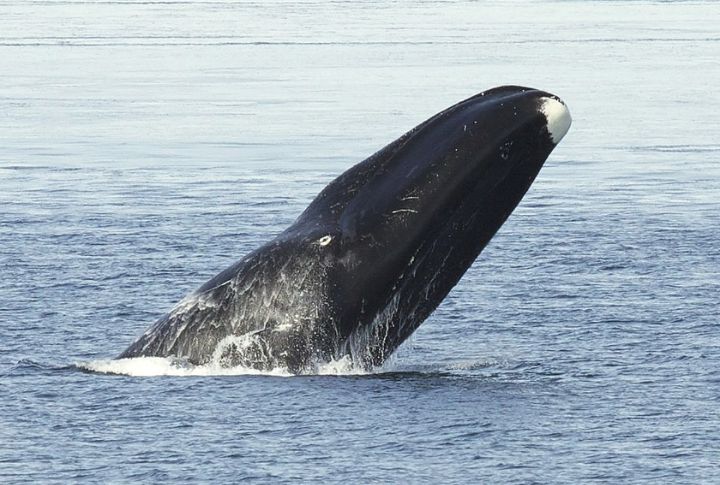
Oldest among mammals, Bowhead whales can survive over 200 years and smash through thick sea ice using massive skulls. Their unmatched lifespan lets them witness centuries of Arctic shifts. If endurance had a voice, it would echo in the breath of a bowhead.
Bactrian Camels

Two humps and three stomachs make wild Bactrian camels nearly unstoppable in the Gobi Desert, where temperatures swing from -38°C in winter to +42°C in summer. They even gulp down saltwater without hesitation. Few creatures manage to thrive in such brutal extremes, but these ancient travelers barely falter.
Platypuses
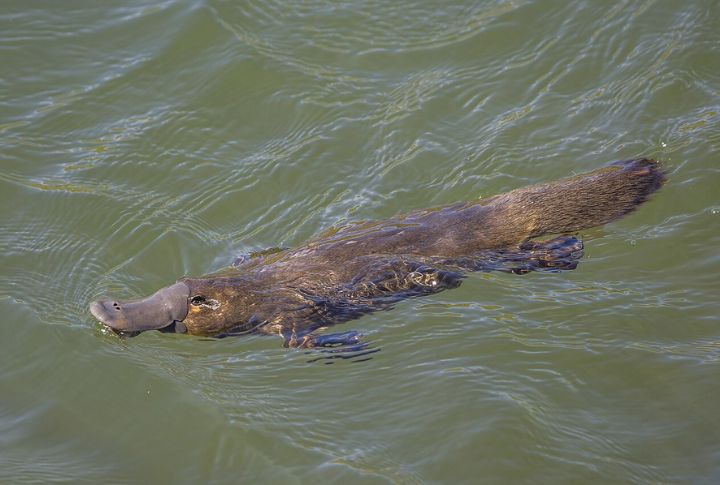
The Platypus detects prey by sensing electric currents underwater, a skill older than most modern species. With webbed feet, waterproof fur, and venomous spurs, it endures alone in Australia’s deadly rivers. Evolution bent every rule, and somehow, they rewrote its own.
Aardvarks
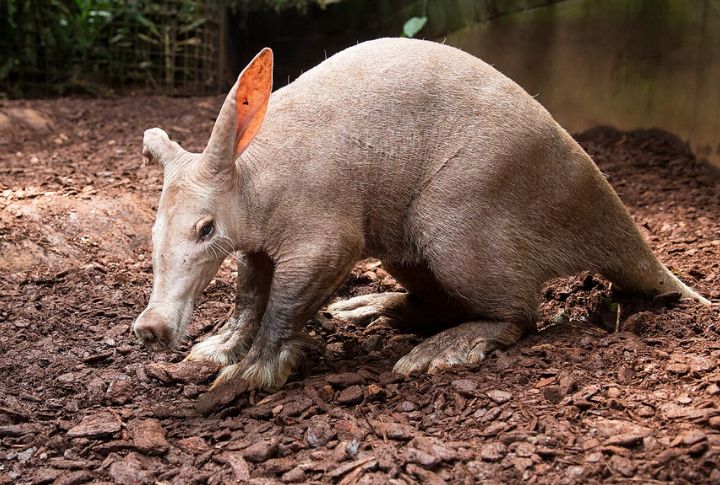
Aardvarks emerge at night to dig through the African soil, retreating underground before the heat of day sets in. A sticky tongue over a foot long also helps them devour up to 50,000 termites each night. While many species vanish under environmental pressure, aardvarks endure—tunneling deeper, surviving where others cannot.
Narwhals
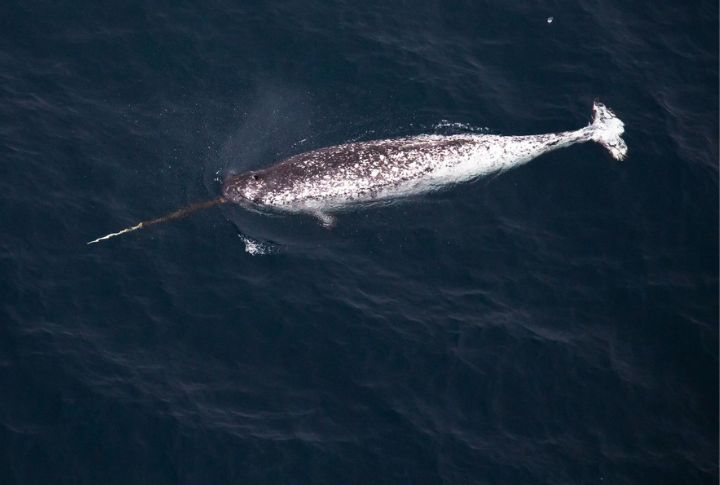
Narwhals aren’t just unicorns of the sea—they’re Arctic experts. Their spiral tusks help sense subtle changes in water pressure. These deep-diving whales can plunge nearly a mile to avoid predators and find food, quietly navigating a changing world as the ice above them melts away.
Solenodons
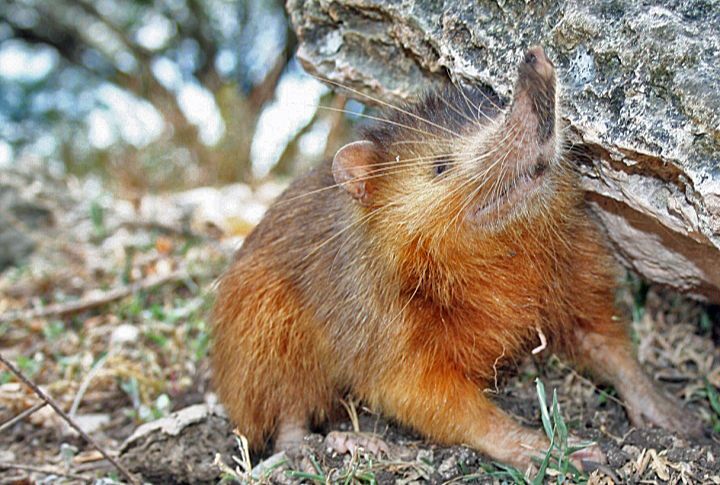
Venom flows from grooves in a solenodon’s teeth, making it one of the few poisonous mammals alive. Found in Cuba and Hispaniola, Solenodons have sidestepped extinction since dinosaurs vanished. Lanky legs, slow strides, and a stealthy bite kept this ancient predator by stalking Earth’s hidden paths.
Saiga Antelopes

Saiga Antelopes have one of nature’s strangest faces, but their nose is pure function. It warms frigid air before they breathe it in. After the Ice Age glaciers pulled back, saigas took off across the steppes, outlasting the mammoths that once roamed beside them.
Asian Elephants

Shrinking forests test every Asian elephant herd. Despite it all, they pass knowledge across generations, memorizing watering holes and secure trails. Additionally, calves cling to older females who lead them through shrinking jungles. Survival here depends not just on strength; it is a memory etched into wandering footsteps.
Wombats
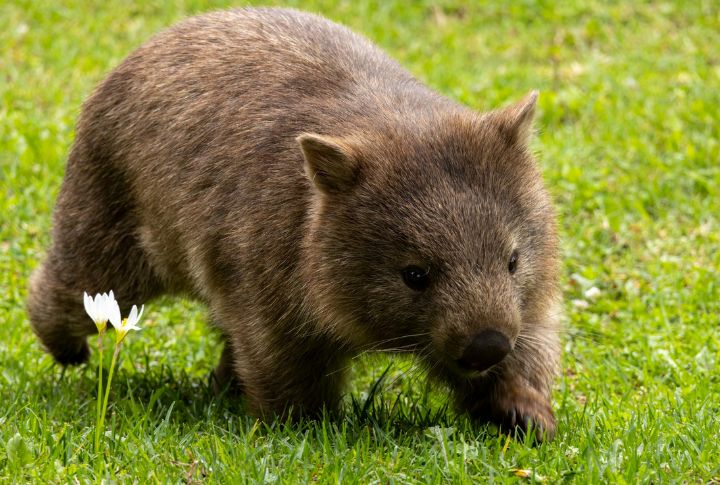
With stocky bodies built for resilience, Wombats dig burrows up to 100 feet deep. These underground labyrinths shield them from wildfires, droughts, and predators. Their art is so skilled that even other creatures seek shelter inside wombat tunnels during bushfires, proving that even Australia’s fiercest challenges bow to persistence.
Mountain Gorillas
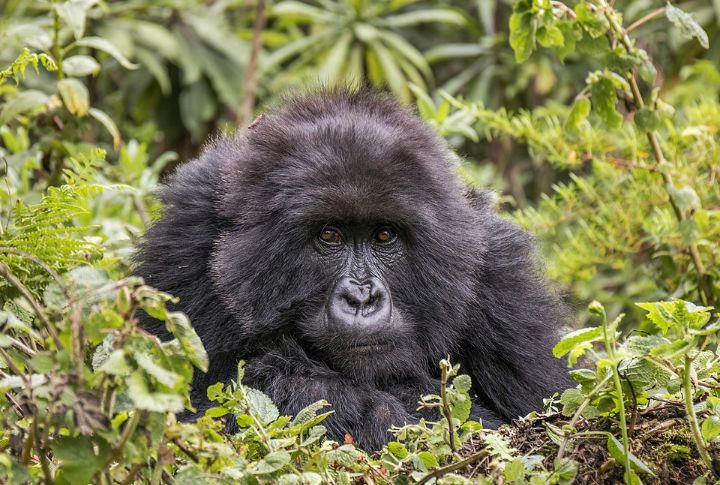
Thanks to decades of protection, mountain gorillas are slowly bouncing back. Their survival depends on close family groups where food is shared and young ones learn by watching. Breathing the cool mountain air beside them, it’s clear—they didn’t just survive by luck, but by pack loyalty and strength.

